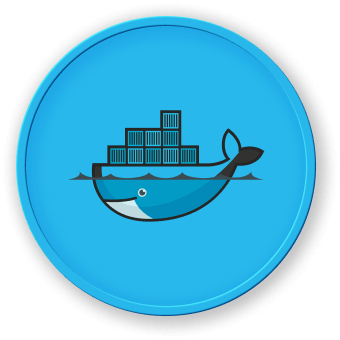Docker Layer Basics
Understanding Docker Layers Fundamentals
Docker layers are a critical concept in container technology, representing the core of docker images' layered architecture. Each layer is a set of filesystem changes that build upon the previous layers, creating an efficient and lightweight storage mechanism.
Layer Structure and Composition
graph TD
A[Base Image Layer] --> B[Intermediate Layer 1]
B --> C[Intermediate Layer 2]
C --> D[Top Layer/Container Layer]
| Layer Type |
Description |
Characteristics |
| Base Layer |
Initial read-only image |
Contains operating system files |
| Intermediate Layers |
Modifications and installations |
Represents each Docker instruction |
| Container Layer |
Writable top layer |
Stores runtime modifications |
Practical Layer Implementation
When creating a Docker image, each instruction in the Dockerfile generates a new layer. Here's an example demonstrating layer creation:
## Ubuntu 22.04 base image layer
FROM ubuntu:22.04
## Layer 1: System update
RUN apt-get update && apt-get upgrade -y
## Layer 2: Install dependencies
RUN apt-get install -y python3 python3-pip
## Layer 3: Copy application files
COPY ./app /app
## Layer 4: Set working directory
WORKDIR /app
## Layer 5: Install Python dependencies
RUN pip3 install -r requirements.txt
In this example, each RUN, COPY, and WORKDIR instruction creates a new layer, demonstrating how docker layers incrementally build image complexity.
Layer Optimization Techniques
Minimizing layer count and size is crucial for efficient docker images. Key strategies include:
- Combining multiple commands
- Removing unnecessary files
- Using multi-stage builds
- Leveraging build cache effectively
Docker layers enable version control, efficient storage, and rapid container deployment by storing only unique filesystem changes between layers.




